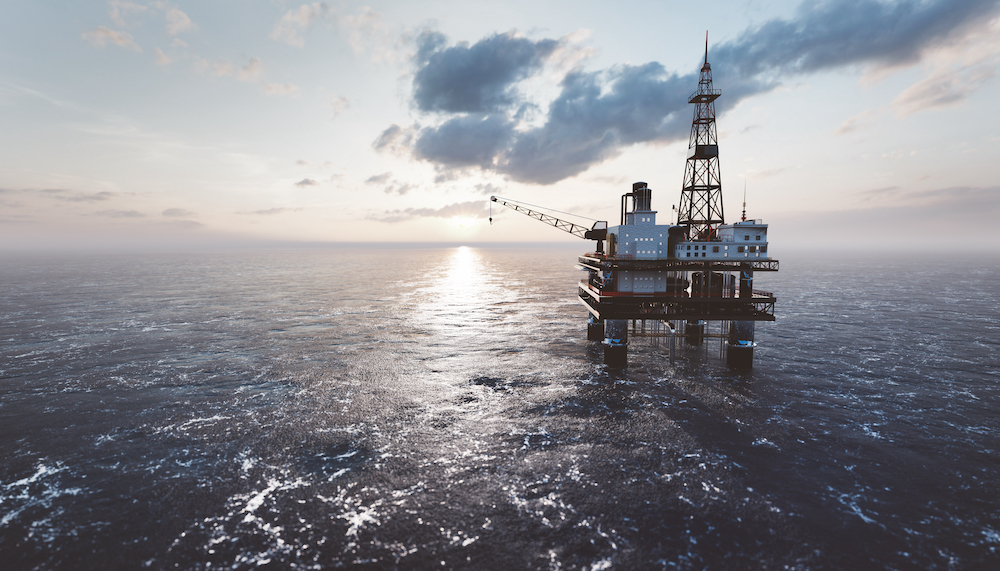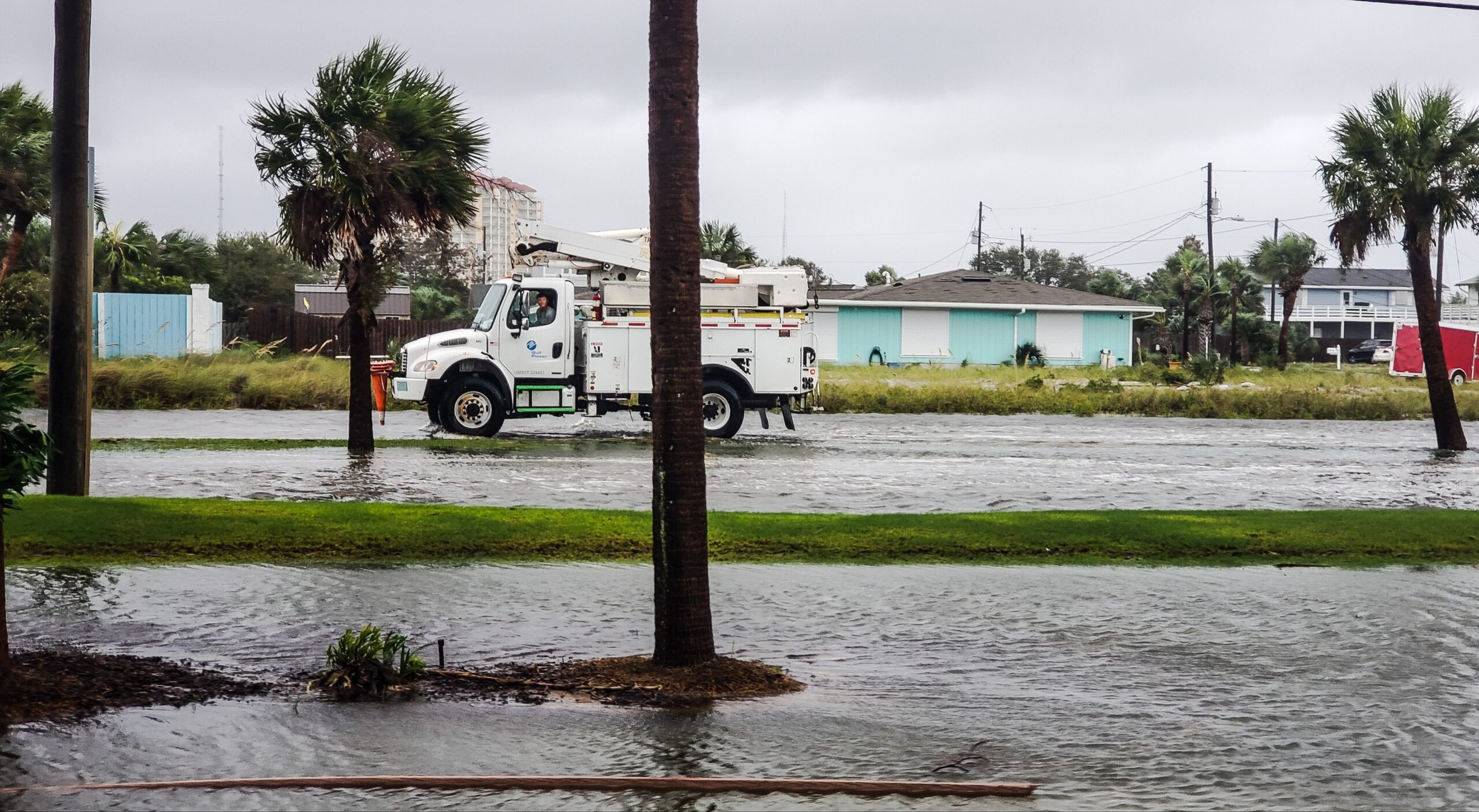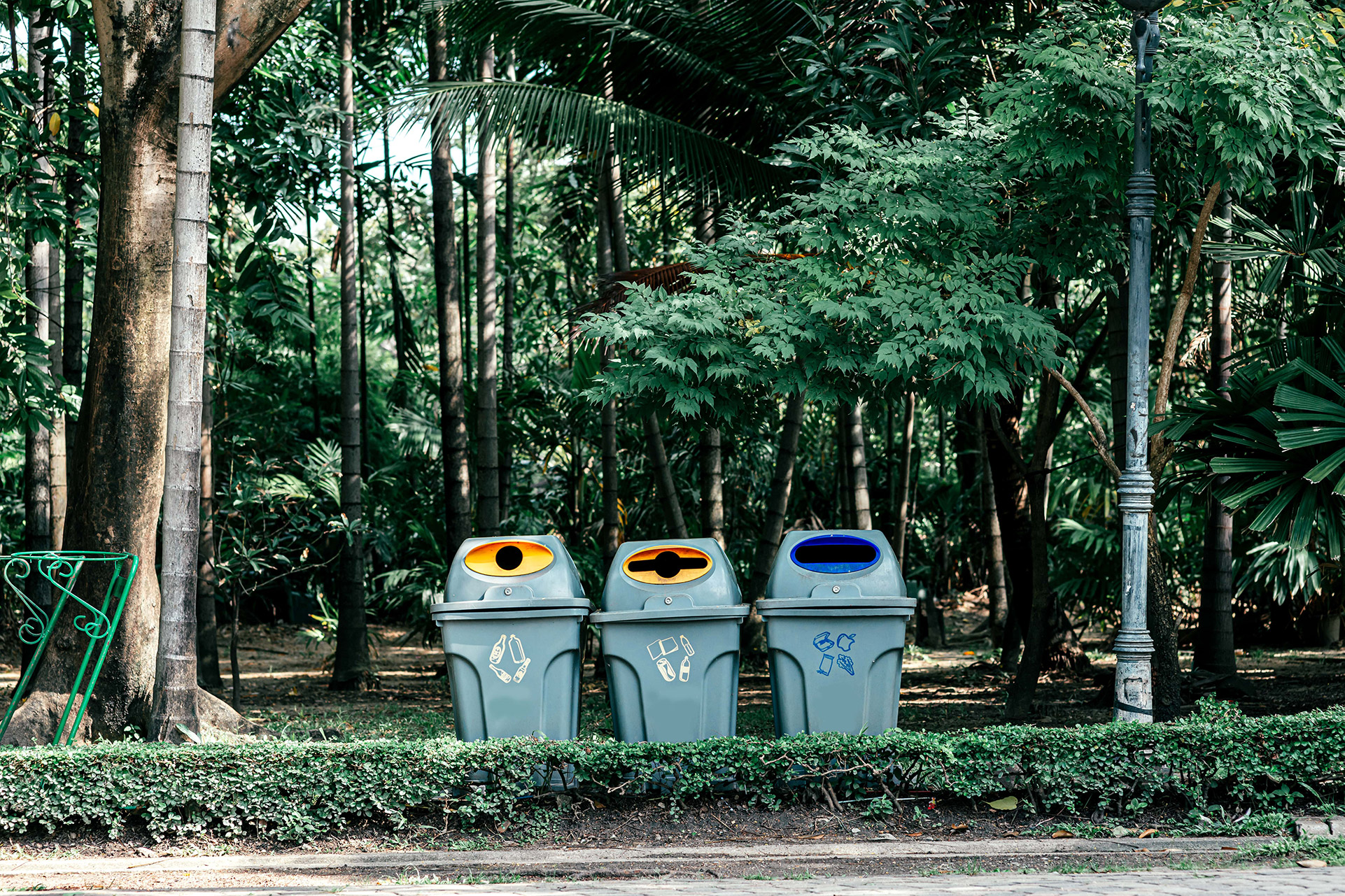This devastating spill has already caused irreversible damage in the few days since it began and is considered an ‘ecological disaster’ to nearby wetlands, wildlife, and surrounding communities.
Over 129,000 gallons of post-production crude oil were reported to have leaked and washed ashore on the beaches. The cause of the leak is still not confirmed, making this a nonpoint source pollutant. There are speculations that a pipeline burst about 5 miles from the coast; however, the ocean easily spreads and mixes pollutants and oil, making it very difficult to pinpoint the source.
A nonpoint source pollutant is one where you cannot identify its exact source. Examples can include runoff or stormwater on the side of the road or water flowing through a river with sewage drainage from urban development and farmland waste. Nonpoint source pollutants are much more dangerous than point source pollutants, which are specific pollutants you can identify and are created by a single source. When we cannot locate the source, we cannot be 100% sure what is actually in the pollutant as the chemicals could be combined from multiple places, making it even more dangerous to wildlife, our environment, and human health. Nonpoint source pollution often causes more erosion, deterioration, and destruction and poses a challenge to scientists on properly treating and disposing of it.
Huntington Beach is home to some of the most beautiful beaches, world-class surfing competitions, wetlands inhabited by over 100 endangered species, and, unfortunately, a lot of both on- and off-shore oil rigs.
Oil clean-ups are extremely difficult, time-consuming, and can often be extremely dangerous. Oil is denser than water and floats on top. This may sound like a good thing and an easy way to collect all the oil; however, the longer the oil stays floating on the water, the less sunlight that gets through to the marine environment underneath. Even one day without sunlight can be detrimental to marine ecosystems and deprive communities of plankton and marine life of oxygen. The amount and type of oil make spills extremely challenging to control. As the oil slowly makes its way to shore from the waves, it also brings up dead marine life and sea birds.
Stop and imagine everything you touch and eat in a day being covered in oil. This is what it is like for wildlife when an uncontrollable oil spill occurs. Wildlife and plants don’t know how to clean the oil from their water or food, and it is often too late before they would be able to find alternative sources of food or a place to live.
Ecological disasters like this event that happen time and time again show just how dangerous oil spills and fossil fuel production are. Drilling alone puts extreme amounts of pressure and stress on the natural environment, so much that it is common for the drills to fail and cause an earthquake or massive spill. Fossil fuels were never meant to be extracted at such rates as humans have been doing for the past few hundred years, and the planet has been screaming for help. It is even more dangerous when full communities are built only a few miles away from extraction sites. This poses fatal health and economic risk to everyone living in the surrounding areas.
This leaves one question to be asked; how many more oil spills need to happen before the government and large corporations realize that they are killing the planet?










